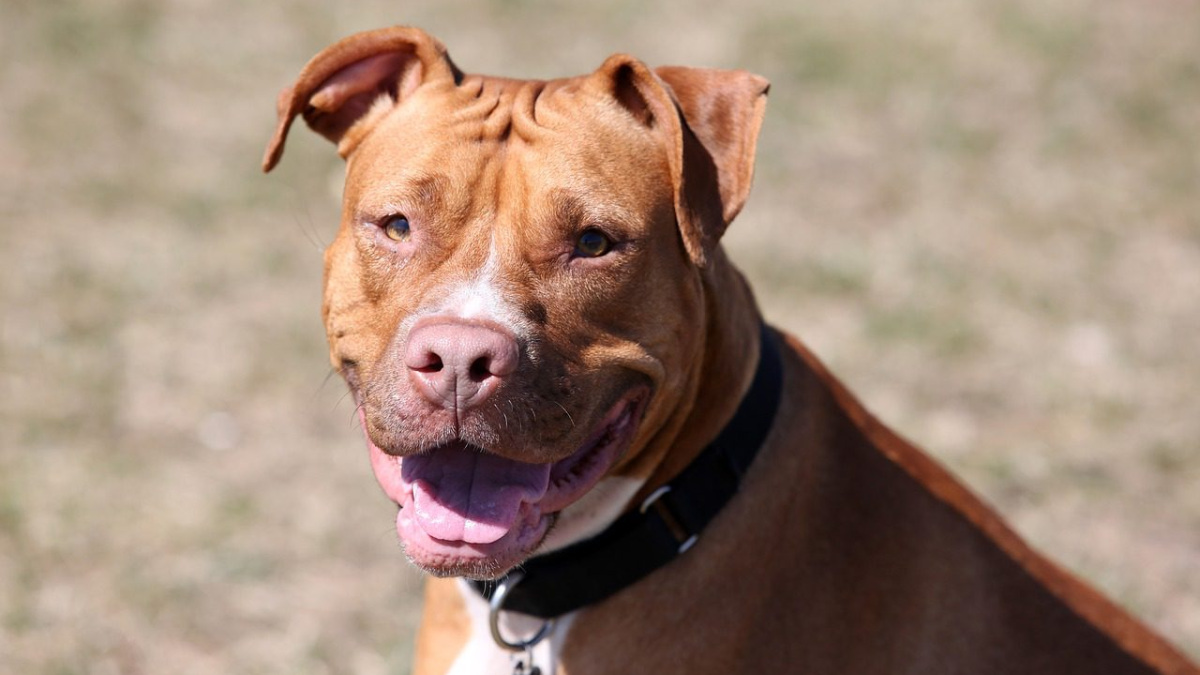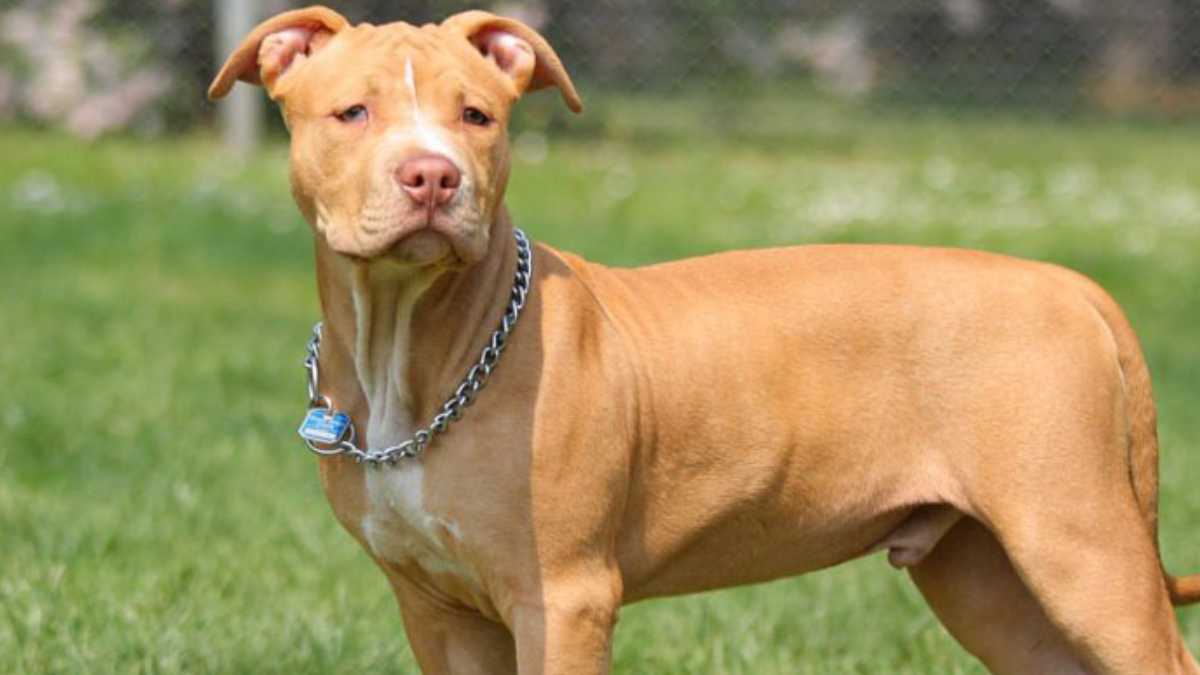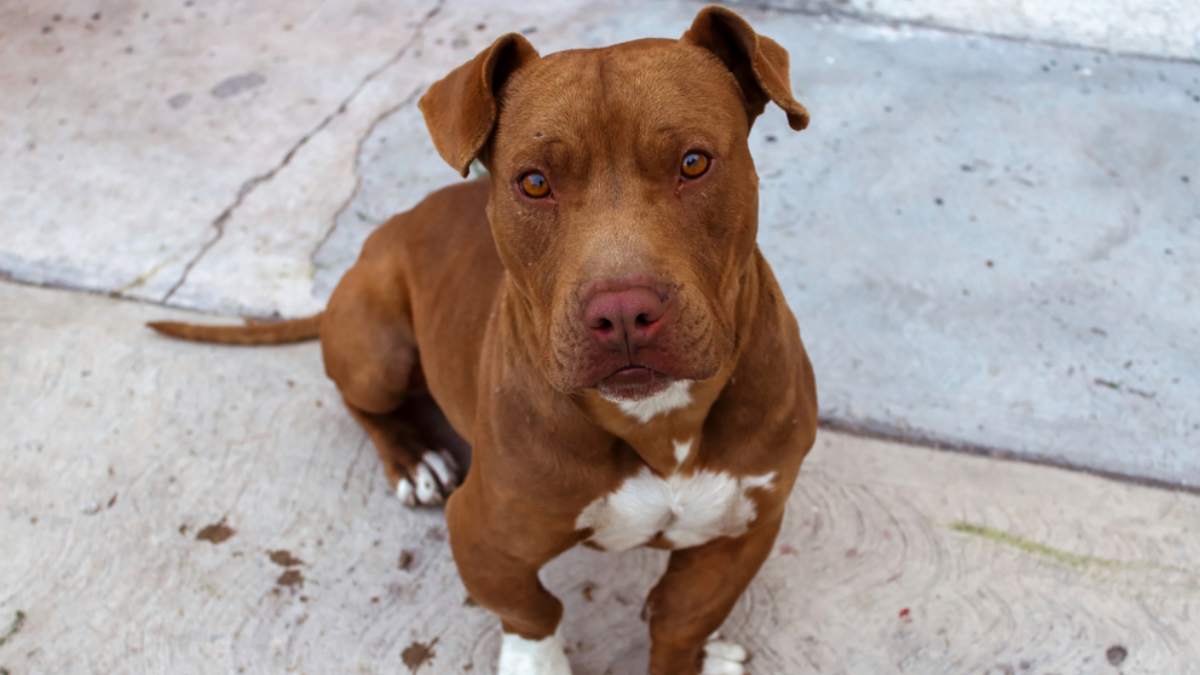The red-nose pitbull, a variation of the American Pitbull Terrier breed, is recognized by its distinctive reddish-brown nose. Sharing traits with other pit bulls, including a robust physique and formidable jaw, red-nosed pit bulls are often misunderstood due to their imposing appearance. However, when given proper training and socialization, they showcase a gentle disposition. Their temperament, characterized by intelligence, eagerness to please, and unwavering loyalty, renders them cherished family pets. To ensure the well-being of your red-nose pitbull, refer to the comprehensive Red Nose Pitbull Care Guide. This guide provides invaluable insights into grooming, nutrition, exercise, and healthcare.
In recent years, the pitbull breed, including the red nose variation, has seen both a rise in popularity and notoriety, which fuels an ongoing debate about the breed. Advocates praise their affectionate nature and versatility, whereas detractors point to the breed's strength and tenacity as potential safety concerns. Public perceptions of red-nose pit bulls are often influenced by media reports of dog attacks; however, those familiar with the breed understand that an individual dog's behavior is largely dependent on its upbringing, training, and individual personality.

The popularity of the red-nose pitbull has led to increased interest and responsible breeding practices to preserve their distinctive characteristics. Breeders often highlight the importance of early training and socialization to ensure that red nose pitbulls develop into well-adjusted adult dogs. Prospective owners must understand the breed's needs for exercise, mental stimulation, and firm, consistent guidance to foster a positive environment for these capable and charismatic canines.
Breed Characteristics
Red Nose Pitbulls are distinguished by their robust and muscular appearance, coupled with their distinctive coloration. This section will detail the breed's physical attributes and the range of color variations they exhibit.
Physical Description
The Red Nose Pitbull is known for its stocky, muscular build, reflecting their strength and agility. Typically, males weigh between 35 to 60 pounds, while females are generally lighter, ranging from 30 to 50 pounds. They have a chiseled head with strong jaws, a muscular neck, and a broad chest. The breed's physique is defined by its athleticism and power.
- Size: Medium to large
- Weight: 30-60 pounds
- Appearance: Stocky and athletic
- Physical Characteristics: Muscular neck, chiseled head

The coat of a Red Nose Pitbull is short, stiff to the touch, and lies flat against the body. This short coat attribute makes the breed easy to groom. Their physical features, including a wide stance and muscular build, exemplify their inherent strength and stamina.
Color Variation
Red Nose Pitbulls exhibit a distinct red to copper coat color, which is one of their most notable features. The namesake 'red nose' refers to the copper-red coloring of their nose, which complements their coat. The eyes of a Red Nose Pitbull are typically warm, displaying hues of amber.
- Color: Red to copper hues
- Fur: Short coat
- Unique Trait: Reddish nose and amber eyes
This coloration is not just cosmetic but also a hallmark of the breed's identity. While the red and copper tones are the most sought-after and recognized, there can be variations in the red shade spectrum, all of which retain the characteristic warm tone.
Health and Care
Caring for a Red Nose Pitbull entails meeting specific dietary and exercise needs, understanding common health issues, and maintaining proper grooming. The owner needs to be informed about each aspect to ensure the dog's optimal health and well-being.
Dietary Needs
Red Nose Pitbulls require a balanced diet that is rich in protein to support muscle development and maintenance. An adult dog's diet should contain:

- 40% Protein (chicken, lamb, fish)
- 40% Carbohydrates (vegetables, brown rice)
- 20% Fats (fish oils, flaxseed)
Adequate calcium intake is also crucial, particularly for puppies, to ensure proper bone development.
Exercise Requirements
Red Nose Pitbulls are a high-energy breed that requires regular exercise to maintain their health and prevent behavioral issues. They need:
- Daily Exercise: 1 to 2 hours, which can include walks, runs, or playtime.
- Mental Stimulation: Training sessions or puzzle toys to engage their minds.
- Both indoor and outdoor activities are vital.
Common Health Issues
Several health issues can affect this breed, including:
- Hip dysplasia - A genetic condition affecting the hip joint.
- Skin conditions and allergies - Regular monitoring for signs of irritation.
- Joint problems, retinal degradation, and degenerative myelopathy - Veterinarian screening can help catch these early.
- Kneecap dislocation - Maintain a healthy weight to reduce stress on the joints.
Grooming and Maintenance
Grooming is essential to maintain the coat and health of a Red Nose Pitbull:
- Shedding: Routine brushing helps remove loose hair.
- Skin Care: Regular baths using hypoallergenic shampoo to prevent skin irritation.
- Attention to Nails and Ears: Regular checks to avoid infections.
Proper grooming not only promotes good hygiene but also serves as an opportunity for owners to check for any signs of health issues or discomfort.

Behavior and Training
Red Nose Pitbulls require consistent training and socialization to develop their inherently affectionate and sociable behavior. Proper interaction with humans and animals, along with systematic training techniques, are pivotal for raising a well-adjusted pet.
Temperamental Traits
Temperament: Red Nose Pitbulls are generally known for their affectionate and gentle nature. They typically exhibit a high level of energy, which necessitates a committed approach to their exercise and stimulation needs.
- Socialization: Early and frequent socialization is crucial to temper any innate aggression and to reinforce their loving disposition. Well-socialized Pitbulls are more likely to be friendly and can become excellent family pets.
- Interaction with Children: These dogs are often affectionate towards children, provided they have been gently exposed to them from a young age.
- Separation Anxiety: They may experience separation anxiety if left alone for long periods, underscoring the need for thoughtful consideration of their emotional well-being.
Socialization and Interaction
Children and Family: When properly socialized, Red Nose Pitbulls can be sociable and careful around children, often thriving as part of a family.
- Interaction with Other Animals: They benefit from early exposure to other pets to foster agreeable interactions.
- Affection: These dogs demonstrate affection through close physical contact and loyalty to their humans.
- Behavior in Public: Red Nose Pitbulls, when accustomed to various
environments and people, are known to behave confidently and amiably in public
settings.

Training Techniques
Positive Reinforcement: This breed responds exceptionally well to positive reinforcement, such as praise, treats, and play, making it the recommended approach to training.
- Consistency: Consistent training sessions help mitigate instances of stubbornness or exuberant energy.
- Role as a Guard Dog: With proper training, they can assume the role of a guard dog, being naturally protective of their home and loved ones.
- Exercise Requirements: Ample physical and mental exercise aids in managing their energetic temperament, preventing undesirable behaviors.
History and Legacy
The origins of the Red Nose Pitbull can be traced to Ireland in the mid-1800s, where a specific strain of the American Pitbull Terrier emerged, known as the "Old Family Red Nose" or OFRN. These dogs were recognized by their unique reddish-brown coat, copper-red nose, and matching red toenails, which were distinguishing traits passed down through selective breeding.
A significant cultural practice in Ireland at the time involved using these dogs for hunting and farm work. However, they also gained notoriety as fighting dogs due to their gameness and tenacity. The following list captures key aspects of their ancestry and development:
- Ireland: Birthplace of the Old Family Red Nose strain.
- Irish Immigrants: Brought the breed to the United States.
- Selective Breeding: Focused on gameness, strength, and distinctive red features.
- Bloodline: Maintained through careful tracking of genealogy.
When Irish immigrants settled in the United States, they brought their cherished dogs along. The breed morphed into what is known today as the American Pitbull Terrier, and through further breeding, two distinct lines emerged: the American Pitbull Terrier and the American Staffordshire Terrierred-nosed. Despite their shared ancestry, the American Staffordshire Terrier is acknowledged by the American Kennel Club, while the American Pitbull Terrier is recognized by the United Kennel Club and the American Dog Breeders Association.

The legacy of the Old Family Red Nose Pitbull lives on, revered for its historical significance and purity of the bloodline. Although its past is cloaked with a controversial association to dog fighting, modern advocates emphasize the breed's aptitude for companionship and various competitive dog sports, highlighting the balanced and affectionate temperament of these dogs when raised in a nurturing environment.
Conclusion
In conclusion, your Red Nose Pitbull Care Guide equips you with all the essentials to nurture your beloved companion. From nutrition to training, we've got you covered. By following our advice, your Pitbull can live a happy, healthy life as a cherished member of your family. Dive into our guide and give your furry friend the care they deserve.
Get more expert advice on pet parenting by visiting the Off Leash blog at TryFi.com.
TryFi's The Fi Dog Collar is a must-have for any pet parent, it's a GPS tracking sought-after collar that helps you keep tabs on your dog's location, activity, and sleep patterns, and alerts you if they escape your backyard. Try the Fi Dog Collar today!






